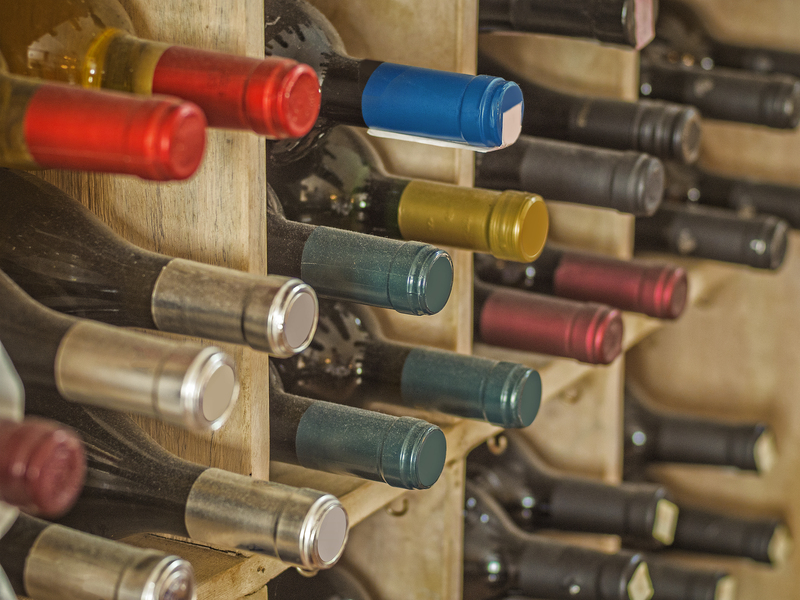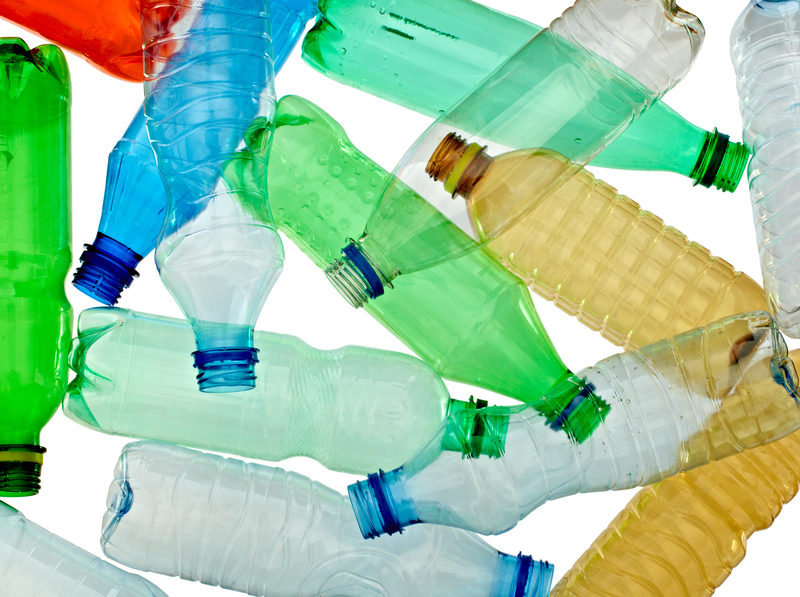Design Your Home to Maximize Eco-Friendly Living
In an era where sustainability is increasingly becoming a priority, designing your home to maximize eco-friendly living is both a responsible and rewarding choice. This guide will explore various strategies and tips to create a green haven that not only benefits the planet but also enhances your quality of life. From energy-efficient solutions to sustainable materials, read on to discover the key elements of designing an eco-friendly home.
Understanding Eco-Friendly Living
Eco-friendly living is a lifestyle that seeks to reduce the environmental impact by making informed decisions about the materials we use, the energy we consume, and the waste we produce. The ultimate goal is to create a harmonious existence where our living spaces contribute positively to the environment.

Key Principles of Eco-Friendly Home Design
1. Incorporating Energy Efficiency
Energy efficiency stands at the core of eco-friendly home design. By minimizing energy consumption, you not only reduce your carbon footprint but also lower your utility bills. Here are several effective strategies to incorporate energy efficiency into your home:
- Insulation: Invest in high-quality insulation to regulate your home's temperature naturally. This reduces the need for artificial heating and cooling, leading to substantial energy savings.
- Solar Panels: Harness the power of the sun by installing solar panels. They are an excellent renewable energy source that can significantly reduce your dependence on traditional electricity.
- LED Lighting: Replace incandescent bulbs with LED lighting. LEDs are more energy-efficient and have a longer lifespan, reducing the frequency of replacements.
2. Selecting Sustainable Materials
The choice of materials plays a crucial role in eco-friendly home design. Prioritize materials that are renewable, recyclable, and non-toxic:
- Bamboo Flooring: An excellent alternative to hardwood, bamboo grows rapidly and doesn't require replanting after harvest.
- Recycled Materials: Use recycled glass, metal, or plastic in construction to minimize resource depletion.
- Cork: Harvested from the bark of cork oak trees, cork is a sustainable choice for flooring or wall coverings.
3. Water Conservation Techniques
Water conservation is a pivotal aspect of eco-friendly living. Implementing efficient water usage systems can greatly reduce your impact on local water resources:
- Low-Flow Fixtures: Install low-flow faucets, showerheads, and toilets to minimize water wastage.
- Rainwater Harvesting: Use rain barrels to collect and store rainwater for gardening or flushing toilets.
- Smart Irrigation Systems: Implement irrigation systems that utilize soil moisture sensors to optimize water usage.
Indoor Environmental Quality
1. Improving Air Quality
A healthy indoor environment boosts your well-being and reduces exposure to harmful pollutants. Here are strategies to improve indoor air quality:
- Ventilation: Ensure proper ventilation to reduce humidity and increase airflow in your home.
- Air Purifying Plants: Incorporate plants known for their air-purifying properties such as spider plants and peace lilies.
- Non-Toxic Paints: Use VOC-free paints and finishes to eliminate chemical emissions.
2. Natural Lighting
Maximizing natural light minimizes the need for artificial lighting and can significantly enhance indoor environments:
- Skylights: Install skylights to bring in more natural light and create a bright, airy atmosphere.
- Large Windows: Opt for large, strategically-placed windows to maximize light exposure and connect with the outdoors.
- Reflective Surfaces: Utilize mirrors and light-colored surfaces to bounce light around your home.

Creating a Sustainable Garden
1. Choosing Native Plants
Native plants are adapted to the local climate, requiring less water and maintenance. They also provide a habitat for local wildlife:
- Diversity: Select a diverse range of plants to foster a balanced ecosystem in your garden.
- Water-Efficient Landscaping: Design your garden using xeriscaping techniques to minimize water usage.
2. Organic Gardening Practices
Reduce your impact by embracing organic gardening practices that avoid the use of harmful chemicals:
- Composting: Create a compost bin for organic waste and use it as natural fertilizer.
- Natural Pest Control: Utilize natural predators and barriers to manage pests instead of chemical solutions.
- Soil Health: Maintain healthy, nutrient-rich soil through crop rotation and cover cropping.
Conclusion
Designing a home to promote eco-friendly living is a purposeful endeavor that aligns with sustainable practices and fosters a healthier planet. By focusing on energy efficiency, sustainable materials, water conservation, indoor environmental quality, and sustainable gardening, you can create a home that is not only friendly to the environment but also inspirational to others around you. Making conscious choices today paves the way for a greener, more sustainable future.